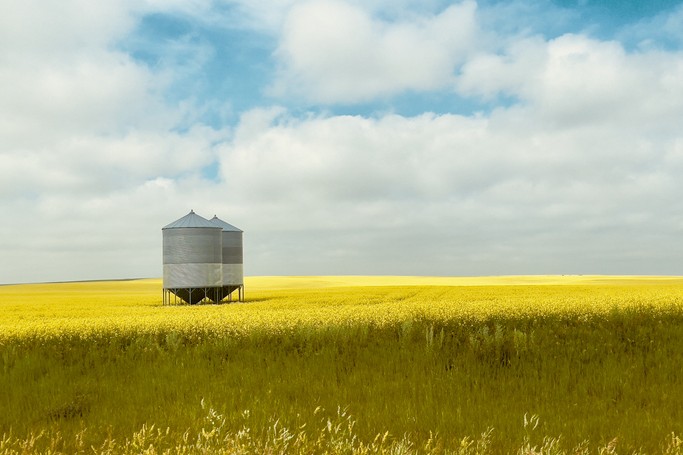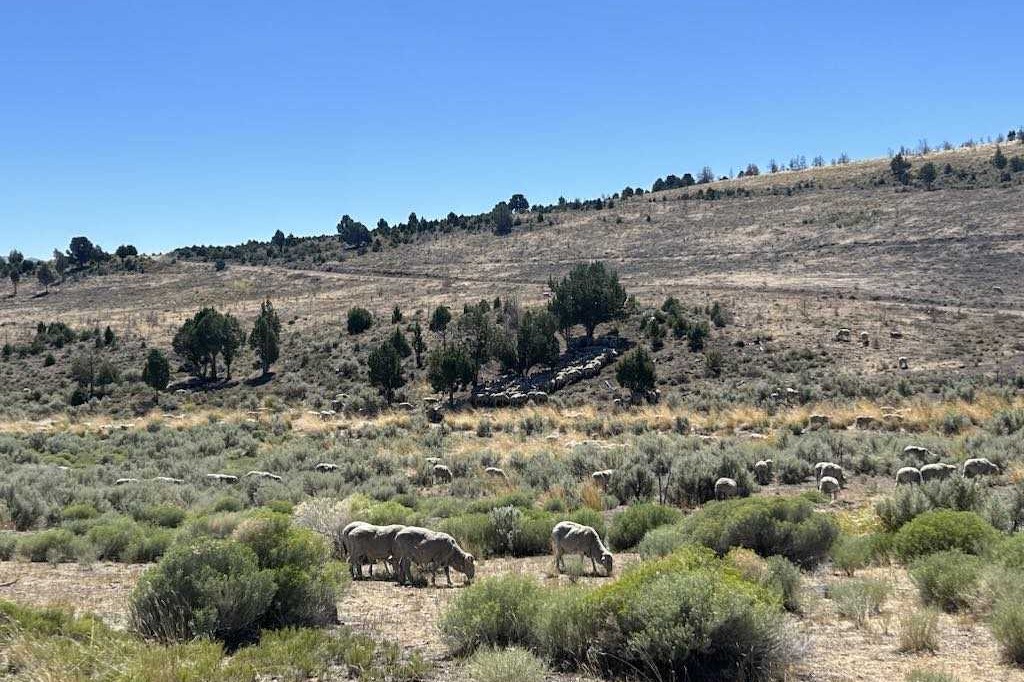Spring snow caught Suzie Corboy while the ewes were lambing on her Catlins farm.
After my last column and mentioning the lack of snow, I will avoid discussing the weather this time, as all of us in the Catlins know that the lack of winter snow was made up for by spring snow, catching most of us while we were lambing.
As of mid-November, when writing this, our feed levels are looking better than normal at this time of year. However, with ground being taken out of pasture for growing winter crops, and last year’s crop paddocks still not growing grass, these feed levels can change very quickly as a result of a cold week, or no rain. This farm needs regular rain, and if it doesn’t rain for a week we start to get worried!
Most of the lambs from the ewes have now been tailed, and at present it is not looking very promising that we will achieve 150%, partly due to the fore-mentioned snow, and maybe a few too many ewe deaths.
I used to record ewe deaths as it was always difficult to believe we lost so many ewes over the year, but when you start writing it down you realise that the figures for deaths at the end of the year are actually close to reality. This result is disappointing as the ewes scanned 197%, so there are a lot of lamb losses.
We haven’t started tailing the hoggets’ lambs, but are optimistic we will come close to our best lambing ever in hoggets. Hopefully close to the elusive for us, 100%, as they scanned a record 144%, and for once didn’t get much bad weather while they were lambing.
We didn’t have to lamb many hoggets either, so that is pleasing. It is a pleasant sight on a sunny day to see a fat hogget lying in plenty of grass, with two healthy lambs snuggled up to her.
This year for the last few weeks of moving break fences for cattle on fodder-beet and while checking calving heifers and going around the triplet ewes, (we don’t check many twin ewes as they are mostly on the hill).
I started listening to audio books that I had downloaded on to my phone. I don’t know why I didn’t start doing it earlier in the winter. It is rare for me to read a book, as I always read far too late into the night when I get a good book, therefore missing out on sleep, and I am quite a slow reader, but listening to books means I can do two things at once.
We had 147 heifers in calf this year, and calved more than 10%, which at the time felt like far too many. Most of the heifers we had to calve were Simmental and Charolais X, and some were very large boned. These heifers were bought as weaned calves, so we don’t know their parentage, but the heifers themselves were big, well fed. Not sure if we can do anything different next year. We finished calving with about 90% calves from in-calf heifers. At least the dry heifers can still be killed on the heifer schedule, so all is not lost.
At the beginning of December my ambulance roster changes to two days, two nights, 12 off from the current two days on, six days off. This will need a bit of trial and error to figure out what works for me in terms of when to sleep, but I am looking forward to the new roster.
I am working from 7pm on December 24 to 7am on Christmas Day so we won’t be going to my parents at Wellington this year, which is disappointing as dad is a great cook, and we always get very well overfed.
I hope you all have a great festive season when it arrives, and make sure you take some time off to relax and enjoy a bit of R&R.




